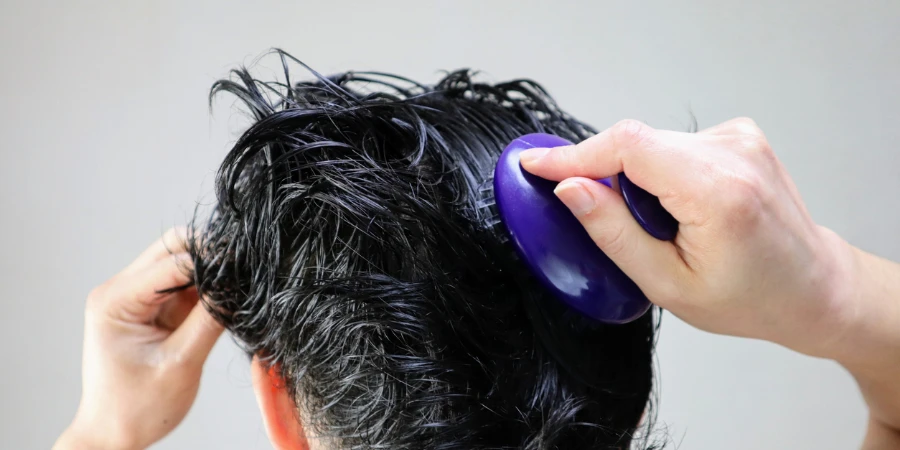Deciphering the optimal frequency for hair washing is a common dilemma faced by many. With diverse hair types, lifestyles, and a plethora of advice available, it’s easy to feel overwhelmed. This article aims to demystify the subject, offering clear, expert-backed insights tailored to your needs. Whether you’re battling oiliness, dryness, or simply seeking to maintain hair health, join us as we explore how often you should wash your hair.
Table of Contents:
– Understanding your hair type
– The impact of lifestyle on hair washing frequency
– Signs you’re washing your hair too often
– Tips for extending the time between washes
– Adjusting your hair washing routine for optimal health
Understanding your hair type:

The journey to optimal hair care begins with understanding your hair type. Oily, dry, and combination hair each have unique needs that influence washing frequency. Oily hair may require more frequent washing to manage excess sebum, while dry hair benefits from less frequent washes to preserve natural oils. Knowing your hair type is the first step toward a tailored hair care routine that promotes health and vitality.
The impact of lifestyle on hair washing frequency:

Your lifestyle plays a crucial role in determining how often you should wash your hair. Active individuals or those living in polluted environments may find their hair requires more frequent cleansing. Conversely, a more sedentary lifestyle or residing in cleaner surroundings might mean you can extend the time between washes. Understanding the interplay between your lifestyle and hair care can help you strike the perfect balance.
Signs you’re washing your hair too often:

Over-washing can strip your hair of its natural oils, leading to dryness and damage. Signs of excessive washing include increased frizz, a scalp that feels perpetually dry or irritated, and hair that lacks luster. If you’re experiencing these symptoms, it may be time to reassess your washing frequency. Listening to your hair and adjusting your routine accordingly can restore its natural balance and beauty.
Tips for extending the time between washes:

Extending the time between washes can benefit your hair’s health and save you time. Dry shampoo, updos, and adjusting your hair care products to match your hair type can help manage oiliness and maintain freshness. Additionally, incorporating a scalp massage into your routine can stimulate natural oil production, promoting healthier hair. These strategies can help you enjoy longer intervals between washes without compromising on hair cleanliness or appearance.
Adjusting your hair washing routine for optimal health:

Finding the right balance for your hair washing routine is a dynamic process that may change with seasons, lifestyle adjustments, or hair treatments. It’s important to remain flexible and attentive to your hair’s needs. Whether it’s altering the frequency of washes, experimenting with gentle or clarifying shampoos, or introducing nourishing conditioners, small adjustments can make a significant difference in your hair’s health and appearance.
Conclusion:
Determining how often to wash your hair is a personalized journey that considers your hair type, lifestyle, and the signs your hair communicates. By understanding these factors and implementing practical tips to extend the time between washes, you can achieve a routine that promotes hair health, vitality, and beauty. Remember, listening to your hair and being willing to adjust your approach is key to finding your optimal washing frequency.




